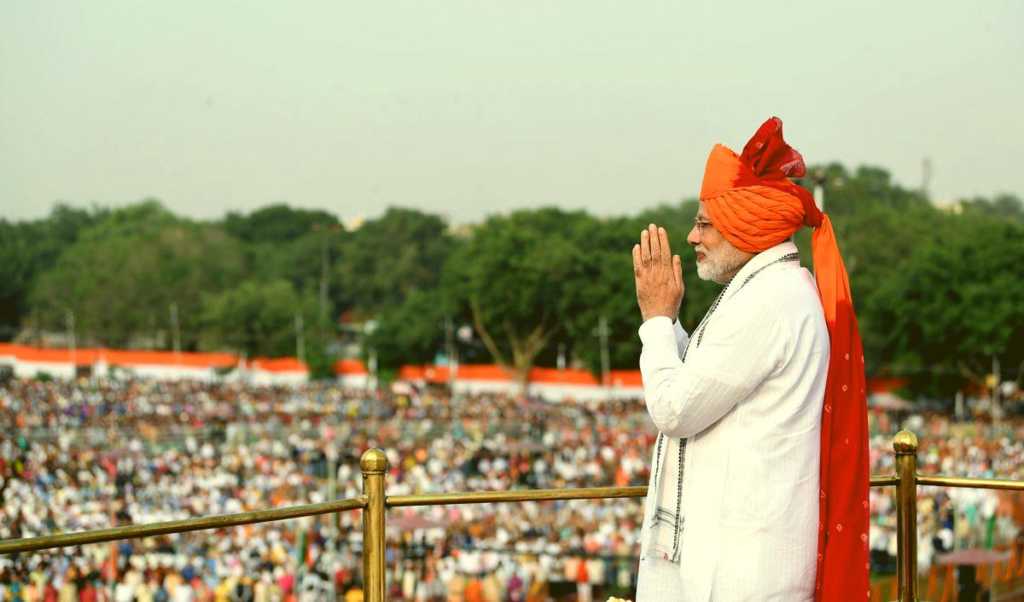Social inclusion and country’s progress towards a welfare state was the main message of PM’s Independence Day speech this year. He mentioned how the honest taxpaying citizens of the country are contributing to foods for the poor. This message that his government wants to make the country a welfare state is very different from what many economists, industrialists expected from him in the pre-2014 period. Many ‘intellectuals’ started comparing him with British PM Margaret Thatcher and American president Ronald Regan and expected the similar laissez-faire policies from him. But in last four years, PM Modi had shown that he is a leader of his own weight and standings, not Regan or Thatcher.
The appointment of Rajiv Kumar as vice-chairman of NITI Aayog also tells us about the economic philosophy of Modi government. Kumar has explicitly said that American model capitalism is neither required nor it will work in India so we need a unique ‘Bhartiya’ model of development. So, Modi government wants to make the country a truly welfare state as per the promises of Indian constitution. The welfare state model takes forward the ‘Integral Humanism’ ideology of Jan Sangh ideologue Deendayal Upadhyaya. The Modi government launched many welfare schemes for the poor and downtrodden of the country and the biggest of them is, of course, Pradhan Mantri Jan Aarogya Abhiyaan (Modicare) which he announced on this Independence Day from Red Fort.
The Modi government has been able to bring many fundamental social changes by banking upon the popularity of the prime minister. For example, the previous government also invested a good amount of money for ‘Swachh Bharat’ but there were no substantial results on the ground. But PM Modi has been able to turn the cleanliness drive into ‘Jan Aandolan’. So, much better outcome was produced with the same amount of money. This is what differentiates a leader from an economist, the leaders could push towards a better outcome by appealing to emotions of people which economists cannot do.
Welfare schemes like Pradhan Mantri Ujjwala Yojana, Saubhagya, Atal Pension Yojana, Ujala scheme, Pradhan Mantri Jeevan Jyoti Bima Yojana, Pradhan Mantri Fasal Bima Yojana, Pradhan Mantri Suraksha Bima Yojana and Mission Indradhanush were implemented to provide social security to people on the lower spectrum of social strata. A comprehensive plan to provide old age pension, life insurance, and maternity benefits to provide 50 crore workers has been prepared. The Atal Pension Yojna and Pradhan Mantri Jeevan Jyoti Bima Yojna are flagship schemes for this.
The country spends less than two percent on social security while our counterparts like China spend more than 5 percent. The spending on health and education is helpful for the GDP growth because if the workers of the country are more educated and healthy, it is obvious that they will be more productive. This is the perfect time for the government to plan for the social security of people as the country is young and productive. India will be an aging society like China in 22 years. If it doesn’t start working on building a welfare state today then the quality of life of citizens could not be improved in upcoming decades. The country is enjoying a demographic dividend at present, and therefore, the time is ripe to invest in the social security of the people to ensure a higher standard of living even as they age. So the ‘Bhartiya’ model of development which will ensure ‘Sabka Saath, sabka Vikaas’ is expected to prevail if PM Modi is able to win the upcoming general elections.
